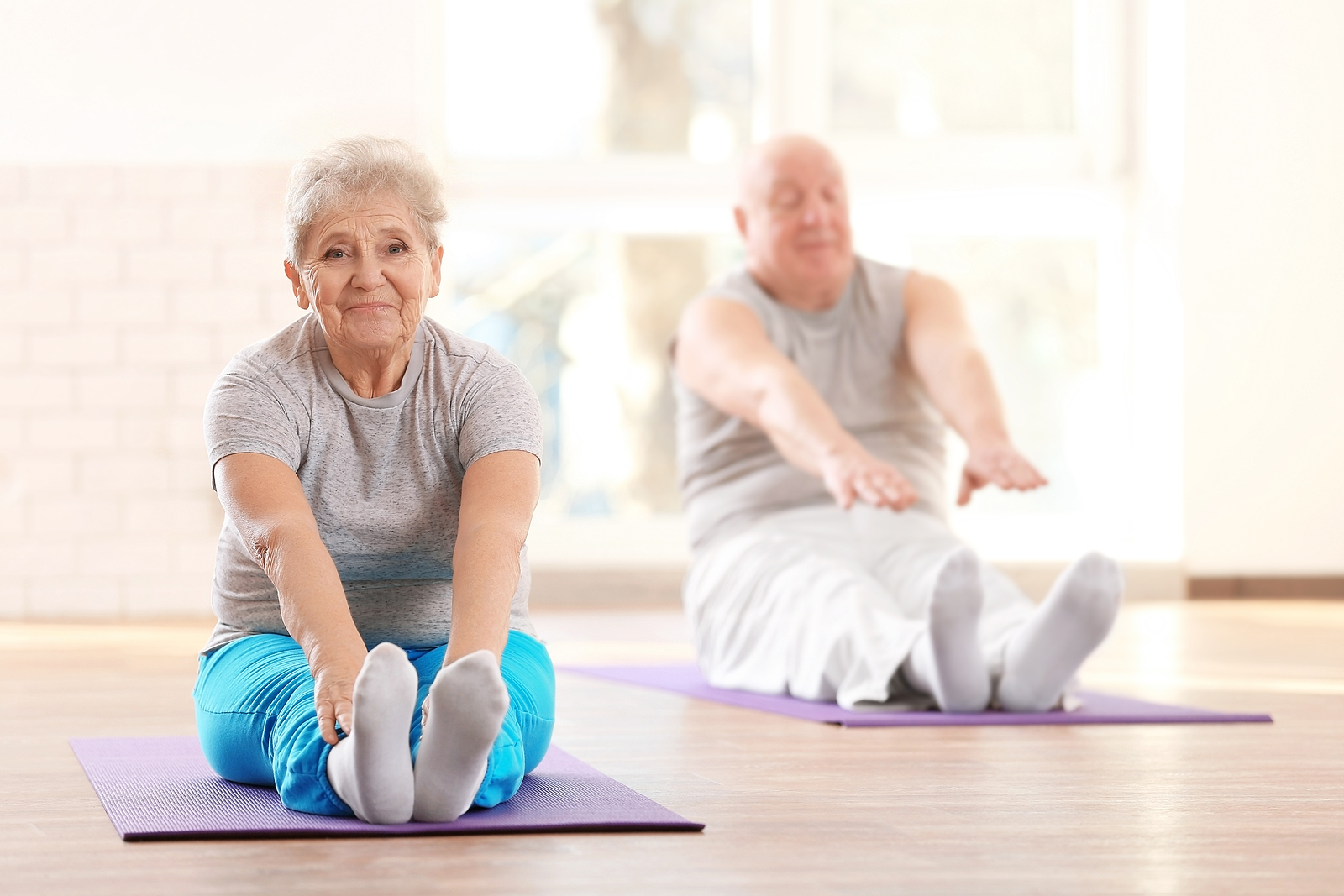What is Bones For Life?
“The opportunity to improve your posture occurs not when you are standing still, motionless in the center, but when activity is taking place, when you have a biological necessity to regenerate your skill for adjustability, and you find equilibrium in all other positions which take you away from the perfect center.” – Ruthy Alon, creator of Bones for Life®, Feldenkrais trainer
As I get ready to present research on the subject with my colleagues next month at Movement 2017: Brain, Body, Cognition, I can’t help but be reminded of a question that I often get asked: what is Bones for Life ®?
A little over two years ago, I was asked a similar question by fellow Feldenkrais Practitioner Mary Jurisson, MD of the Mayo Clinic’s Osteoporosis and Bones for Life® program. Below is an excerpt of my answer:
“The Bones for Life® program was created by Ruthy Alon and is based on Dr. Moshe Feldenkrais’ approach to somatic education. Most somatic education programs explore developmental movements and access the power and plasticity of the brain in order to improve human function through self-awareness in movement. Somatic education attempts to de-program habitual fixations that follow chronic and acute injury or illness, counter-productive movements due to faulty posture, and poor joint alignment. Reconnecting individuals to their natural capacity for feeling, thought, and action, the Bones for Life® program improves movement coordination and the collaborative functions of the skeletal, muscular, and nervous systems.
To answer the question What is Bones For Life:
The Bones for Life® program is typically offered in a weekly, 60- to 90-minute class format. It uses both demonstrated and verbally-guided movement sequences that are modeled after primal patterns of locomotion, including the elements of crawling and creeping. The exercises are largely dedicated to developing an upright posture that is well-aligned and able to withstand and transmit pressure proportional to environmental demand with the least amount of joint sheer and extraneous muscular effort, thus eliminating the need for obsessive, unsupportive habits of tension. Not dependent on targeted muscle strengthening and specific joint range-of-motion exercises, the program uses a variety of positions and novel movement activities, including: unsupported sitting with unilateral weight-shifting; lying on the back and pressing a foot on the wall; rolling with hand-eye coordination; standing and bouncing on the heels; general movement patterns that facilitate lateral bending and rotation of the trunk; and spiraling movements of the extremities in reference to an imaginary center line.”
You can read the entire interview here.
If you have any questions left about what is Bones for Life? Or about the programs that I offer or would like to sponsor a Movement Intelligence class or certification program in your local area, get in touch with me. I am always happy to talk to those interested in somatic education.

